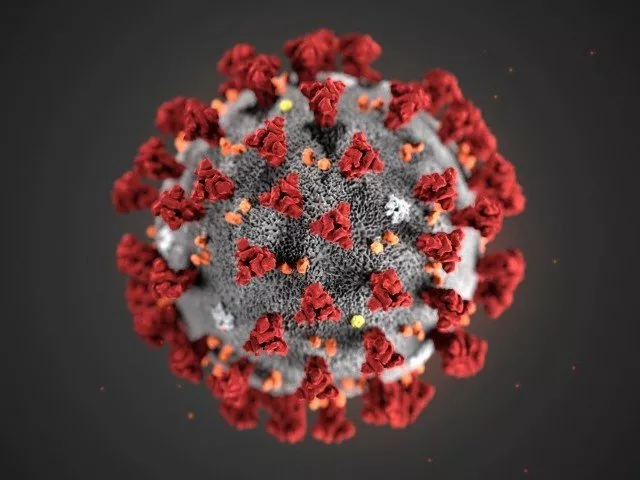Coronavirus: what’s next for Pakistan?
In Pakistan too, we should not be afraid if we see a rise in numbers as a result of enhanced surveillance
It was a somber day yesterday as Pakistan doubled its reported cases of coronavirus from nine to 18 in a single day. Globally we passed the mark of 4,000 deaths out of the 115,000 cases. Where reported cases are declining in China the situation has reversed globally with around 34,000 cases and 900 deaths reported outside of China. The number of countries and territories infected has reached 115. These numbers are increasing by the day and are likely to change by the time this article will be published.As soon as the coronavirus outbreak started, people, governments and especially companies with major investments around the world wanted to know how this virus behaves and what the projections for this pandemic are. Projection models are an important part of epidemiology so many researchers took the bite and published their estimates, which were as wild and diverse as 1% to a nearly 100% rate of infection. However, many projected the infection rate to be between 40-50%.
As someone working on pandemic preparedness, outbreak detection and response, I was also reached by many local and international organisations for an estimate. However, I refrained from getting into this race because this is an evolving disease and with so many unknowns, any modelling or estimate will be fundamentally faulty. Lots of information since then has now become public but answers to some basic questions remain unknown. Some of these include: what is the virus’ death rate? Does it only spread through droplets? And how long does COVID-19 survive on the surface? Our control strategies are based on our experiences with other coronaviruses but each microorganism is unique and we need to understand it better to devise effective strategies.
Until now most countries were using “containment” strategies which mean controlling the importation of disease and strict isolation of already imported cases to prevent local transmission of cases. That is why we in Pakistan started enhanced airport and border health screenings. We shut down certain flights and borders for defined times. Even when done properly these measures do not ensure that no infected person enters the country. Quarantine was effective back when most travel was by sea and it took weeks and months to reach the next port. Normally most infectious diseases start showing symptoms in two weeks’ time or earlier. So doctors would board the ship and examine travellers for symptoms (plague and cholera in those times) and would then not allow the ship to dock. However, air travel means that we could be infected but will not show symptoms at the early stages of infection. Airport and border screenings serve as an important component of risk communication as travellers are supposed to report to health authorities if they get sick. The strict enforcement of the containment policy also buys the local health system some time to prepare for the crisis.
Once a certain threshold is passed and we start seeing more cases, mitigation strategies become effective. Global experts, including the WHO executive director, is raising the alarm that the world should get ready for an acceleration phase where we will see a rapid increase in the number of cases. Italy had just nine cases which surpassed 9,000 in two weeks’ time. South Korea has also reported 7,500 cases in a short time period but it actively looked for cases. That is why its death rate at this moment is below 1% while Italy’s is 5%. The important message from South Korea and Singapore is not to be afraid of the rise in the numbers of cases and actively look for them. If like Italy, cases start reporting themselves, then you have already lost the battle. In Pakistan too we should not be afraid if we see a rise in numbers as a result of enhanced surveillance and not the other way around.
Published in The Express Tribune, March 11th, 2020.
Like Opinion & Editorial on Facebook, follow @ETOpEd on Twitter to receive all updates on all our daily pieces.


COMMENTS
Comments are moderated and generally will be posted if they are on-topic and not abusive.
For more information, please see our Comments FAQ